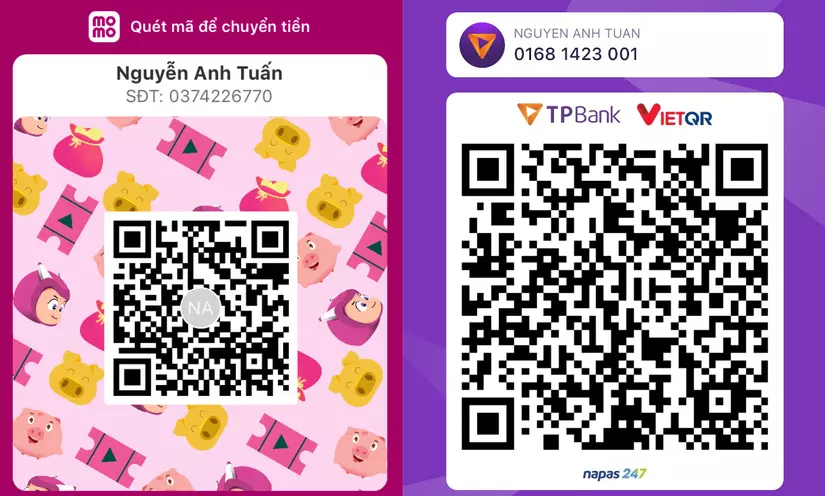🌸Introduction to Encryption and the Advanced Encryption Standard (AES)🌸
Bài đăng này đã không được cập nhật trong 2 năm
Have you ever heard of secret codes? Just like in a spy movie, encryption is a way to make sure that important information is kept secret and safe. Encryption is like putting a message in a secret box and locking it with a key. Only people with the key can unlock the box and read the message.
The Advanced Encryption Standard (AES) is a type of encryption that is used to protect sensitive information. It was chosen by the U.S. government to be the standard for encryption because it is very strong and secure.
How Does AES Work?
AES works by using a secret key to scramble (or encrypt) the information, and then another secret key to unscramble (or decrypt) it. Imagine you want to send a secret message to your friend. You would use a secret key to encrypt the message and send it to your friend. Your friend would then use the same key to decrypt the message and read it.
AES uses a technique called symmetric-key encryption, which means that the same key is used for both encryption and decryption.
Key Size and Security
AES uses different key sizes to encrypt information. The key size can be 128 bits, 192 bits, or 256 bits. The larger the key size, the more secure the encryption.
For example, a key size of 128 bits is like having a lock with 128 wheels. Each wheel can have 2 different positions, 0 or 1. This means that there are 2^128 (or 3.4 x 10^38) different possible key combinations. That's a very large number, and it would take a long time for someone to try every possible combination to unlock the encryption.
Key and IV
AES uses a key and an Initialization Vector (IV) as part of the encryption process. The key is the secret code used to encrypt and decrypt the information, and the IV is a random value that is used to initialize the encryption.
It's important to note that the key and IV must be kept secret, as anyone with access to them would be able to decrypt the information. It's also important to use a unique IV for each encryption to ensure that the same plaintext encrypted with the same key will produce a different ciphertext.
Importance of IV
The Initialization Vector (IV) is an important part of AES encryption. The IV is a random value that is used to initialize the encryption process. It is used in conjunction with the key to encrypt the plaintext and produce a unique ciphertext.
The IV is usually a fixed length, for example 128 bits. It's important to use a unique IV for each encryption to ensure that the same plaintext encrypted with the same key will produce a different ciphertext. This is important as it helps to prevent certain types of attacks such as ciphertext reuse attack.
Using AES in Javascript
AES can be implemented in a programming language like Javascript. There are libraries available that can be used to encrypt and decrypt information using AES. These libraries make it easy for developers to add encryption to their applications.
Example Code
Here is an example of how AES can be used in javascript to encrypt a message:
const crypto = require('crypto');
const key = crypto.randomBytes(32); // key size of 256 bits
const iv = crypto.randomBytes(16); // IV size of 128 bits
const cipher = crypto.createCipheriv('aes-256-cbc', key, iv);
let encrypted = cipher.update('my secret message', 'utf8', 'hex');
encrypted += cipher.final('hex');
console.log(encrypted);
Conclusion
Encryption is an important way to keep information safe and secure. The Advanced Encryption Standard (AES) is a very strong and secure type of encryption that is used to protect sensitive information. AES can be implemented in a programming language like Javascript using libraries, and the key size used to encrypt information can affect the level of security. Additionally, AES uses both a key and an Initialization Vector (IV) as part of the encryption process. The key is used to encrypt and decrypt the information, and the IV is a random value that is used to initialize the encryption. It's important to use a unique IV for each encryption to ensure that the same plaintext encrypted with the same key will produce a different ciphertext. This helps to prevent certain types of attacks and increase the overall security of the encryption.
Mình hy vọng bạn thích bài viết này và học thêm được điều gì đó mới.
Donate mình một ly cafe hoặc 1 cây bút bi để mình có thêm động lực cho ra nhiều bài viết hay và chất lượng hơn trong tương lai nhé. À mà nếu bạn có bất kỳ câu hỏi nào thì đừng ngại comment hoặc liên hệ mình qua: Zalo - 0374226770 hoặc Facebook. Mình xin cảm ơn.
Momo: NGUYỄN ANH TUẤN - 0374226770
TPBank: NGUYỄN ANH TUẤN - 0374226770 (hoặc 01681423001)
All rights reserved
